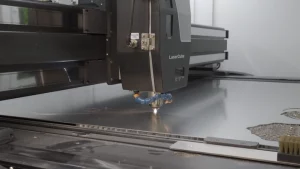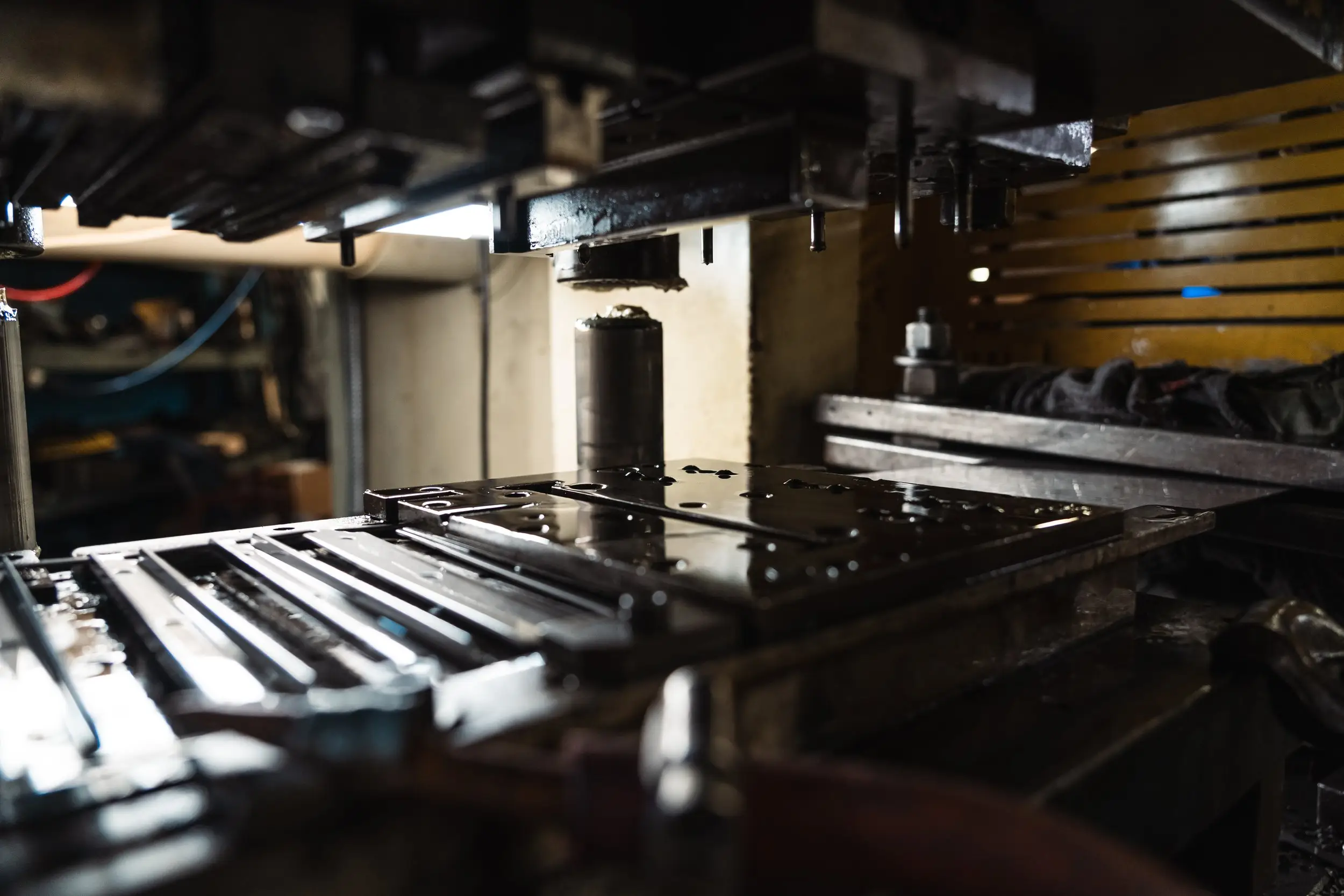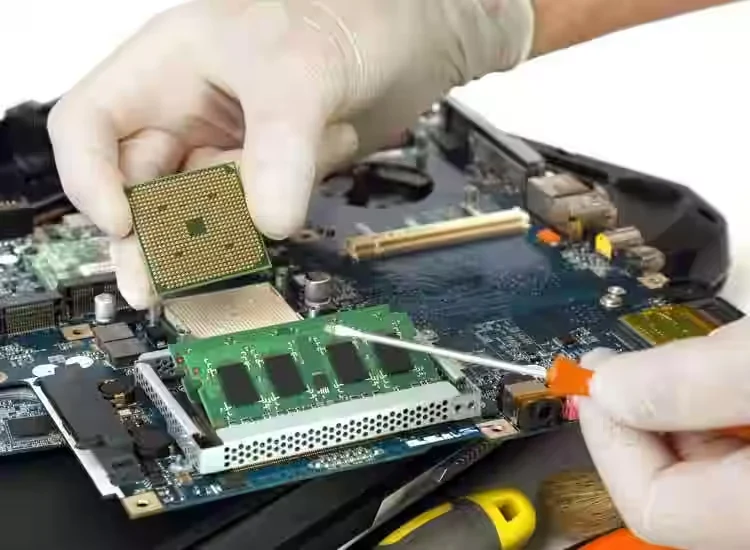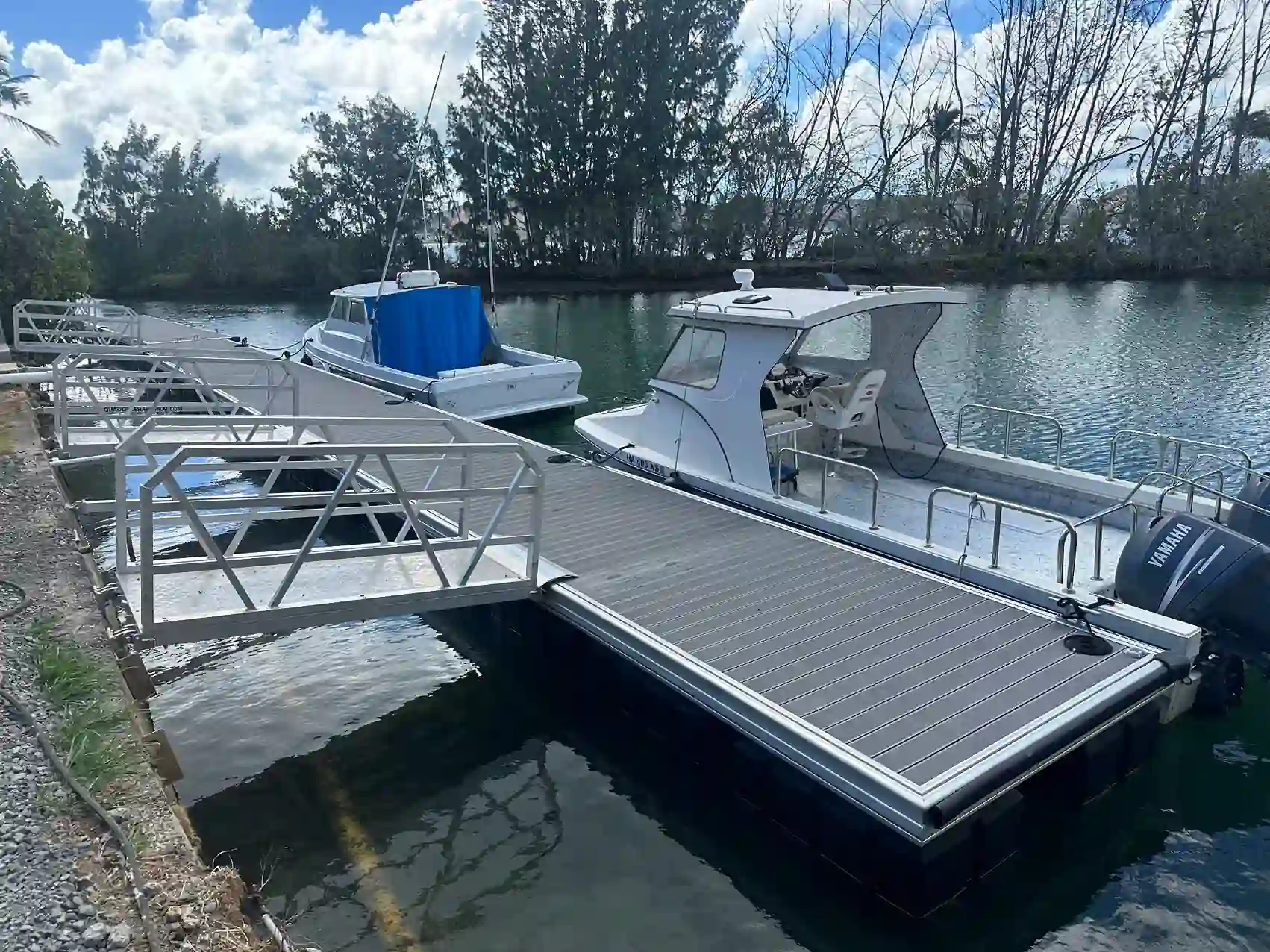At the cusp of change, Efficient Metal Fabrication Technology reshapes steel production. Advanced methods and tools elevate precision and productivity, pushing boundaries for a seamless future. Implications hint at steel fabrication’s evolution beyond limits, promising a transformative industry shift.
Key Takeaways
- Advanced methods and tools driving precision and productivity in metal fabrication
- Challenges in achieving high precision in cutting and shaping metal components
- Automation’s crucial role in enhancing efficiency and quality in metal fabrication
- Maximizing efficiency through the utilization of advanced machinery and employee training
Challenges in Metal Fabrication Technology
Navigating the intricate landscape of metal fabrication technology poses a myriad of challenges that demand precision, innovation, and adaptability.
One of the primary challenges in metal fabrication technology is achieving high precision in cutting and shaping metal components. This precision is crucial for ensuring the quality and integrity of the final product. Factors such as material hardness, thickness, and cutting speed must be carefully calibrated to achieve the desired results.
Another significant challenge is the need for continuous innovation in processes and techniques. As technology evolves, metal fabricators must stay abreast of the latest advancements to remain competitive in the industry. Adopting new technologies, such as laser cutting or 3D printing, requires investment in equipment and training, presenting a challenge for many businesses.
Furthermore, adaptability is essential in metal fabrication technology due to the diverse range of materials and project requirements. Fabricators must be able to pivot quickly between different jobs, adjusting their processes and techniques to suit the specific needs of each project. This flexibility is key to meeting customer demands and delivering high-quality products efficiently.
Key Components of Efficient Fabrication
Efficiency in metal fabrication is contingent upon the seamless integration of key components that streamline processes and enhance productivity. One vital component is advanced machinery equipped with cutting-edge technology, such as CNC machines, laser cutters, and robotic welders. These tools improve precision, speed, and repeatability in fabrication processes, reducing errors and material waste.
Another crucial element is skilled labor. Welders, fabricators, and engineers with expertise in metalworking techniques and knowledge of industry standards contribute significantly to the efficiency of fabrication operations.
Material handling systems also play a pivotal role in efficient metal fabrication. Automated material handling equipment, like conveyors and robotic arms, facilitate the movement of materials throughout the fabrication facility, optimizing workflow and reducing manual handling time.
Additionally, implementing efficient scheduling and project management software enhances coordination among different departments, ensuring timely completion of projects and effective resource allocation. By integrating these key components seamlessly, metal fabrication companies can achieve heightened efficiency, increased productivity, and superior quality outputs.
Advanced Techniques for Precision
With a foundation built on the integration of advanced machinery, skilled labor, and efficient material handling systems, the realm of metal fabrication now delves into the realm of precision through the exploration of cutting-edge techniques. Precision in metal fabrication is crucial for ensuring high-quality end products that meet exact specifications.
Here are four advanced techniques that are revolutionizing precision in metal fabrication:
- Laser Cutting Technology: Utilizing high-powered lasers to precisely cut through various metals with minimal heat-affected zones, resulting in clean, accurate cuts.
- Computer Numerical Control (CNC) Machining: Automated machining processes controlled by computers to achieve incredibly precise and complex shapes in metal components.
- Additive Manufacturing (3D Printing): Building metal parts layer by layer using 3D printing technology, allowing for intricate designs and customization.
- Electron Beam Welding: Employing a high-velocity electron beam to join metal components with exceptional precision, producing strong and flawless welds.
These advanced techniques highlight the evolution of metal fabrication towards unparalleled precision and efficiency, shaping the future of the industry.
Automation in Metal Fabrication
The integration of automated systems has significantly enhanced the efficiency and precision of metal fabrication processes. Automation in metal fabrication involves the use of computer-controlled machinery and robotics to streamline manufacturing operations. By automating tasks such as cutting, welding, bending, and assembling, manufacturers can achieve higher levels of productivity while maintaining consistent quality standards.

One key benefit of automation in metal fabrication is the reduction of human error. Automated systems are programmed to perform tasks with precision, minimizing the risk of mistakes that can occur with manual labor. This leads to improved product quality and reduced rework, ultimately saving time and resources for manufacturers.
Moreover, automation allows for higher production rates and increased output capacity. With machines working around the clock, production timelines can be significantly shortened, enabling manufacturers to meet tight deadlines and fulfill customer demands efficiently.
Maximizing Efficiency in Production
To optimize production efficiency in metal fabrication, meticulous workflow analysis and strategic process optimization are pivotal. This ensures that every step in the manufacturing process contributes efficiently towards the final output.
Here are four key strategies to maximize efficiency in metal fabrication:
- Utilization of Advanced Machinery: Investing in cutting-edge equipment such as CNC machines and robotic welders can significantly boost productivity and precision in metal fabrication processes.
- Employee Training and Skill Development: Providing comprehensive training programs for employees to enhance their skills and knowledge in metalworking techniques can lead to improved efficiency and quality of work.
- Implementation of Lean Manufacturing Principles: Adopting lean manufacturing methodologies can help streamline production processes, eliminate waste, and optimize resource utilization, ultimately leading to enhanced efficiency.
- Continuous Improvement Initiatives: Encouraging a culture of continuous improvement within the organization fosters innovation, problem-solving, and efficiency gains over time, ensuring that the metal fabrication processes are constantly evolving and becoming more efficient.
Frequently Asked Questions
How Does Efficient Metal Fabrication Technology Impact the Overall Cost of Production?
Efficient metal fabrication technology significantly impacts the overall cost of production by streamlining processes, reducing waste, and enhancing productivity. Improved efficiency translates to lower operational expenses, increased output, and ultimately, a more competitive position in the market.
What Role Does Sustainability Play in the Development of Advanced Metal Fabrication Techniques?
Sustainability is integral to advancing metal fabrication techniques. Innovations focus on reducing environmental impact, optimizing resources, and enhancing recyclability. By prioritizing sustainability, the industry can meet evolving demands for eco-friendly practices while ensuring long-term viability and growth.
How Can Metal Fabrication Technology Contribute to the Reduction of Waste in Manufacturing Processes?
Metal fabrication technology can reduce manufacturing waste through optimized processes, precision cutting techniques, and efficient material usage. By employing advanced technologies like CNC machines and laser cutting, manufacturers can minimize scrap and enhance overall production efficiency.
What Are the Potential Safety Considerations That Need to Be Addressed When Implementing Automation in Metal Fabrication?
When implementing automation in metal fabrication, essential safety considerations include proper training for operators, regular equipment maintenance, emergency protocols, and safety barriers. Ensuring compliance with industry standards and conducting risk assessments are crucial for a safe working environment.
In What Ways Can Efficient Metal Fabrication Technology Enhance the Quality of the Final Product?
Efficient metal fabrication technology can enhance the final product quality by optimizing precision cutting, reducing material waste, improving consistency in welds, and ensuring accurate measurements. This technology elevates production standards and delivers superior results.
Conclusion
In conclusion, Efficient Metal Fabrication Technology is revolutionizing the steel manufacturing sector by enhancing efficiency, precision, and productivity through advanced techniques and automation. The industry is experiencing a profound transformation as traditional methods are replaced with cutting-edge technologies, setting new standards for excellence and innovation. This innovative approach is reshaping the landscape of metal fabrication, offering a glimpse into a future where steel production reaches unprecedented levels of sophistication and effectiveness.
You May Also Like:






